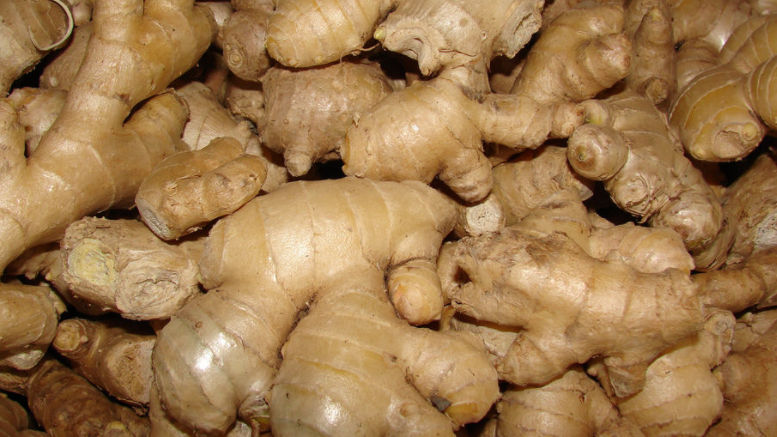Ginger (Zingiber officinale) is not only a culinary delight but also valued for its medicinal properties. Growing ginger root in your garden or pots can be a rewarding experience. However, it requires careful attention to detail to ensure a healthy harvest. This article outlines the essential dos and don’ts of growing ginger root, enabling you to cultivate your own spicy rhizomes successfully.
Dos of Growing Ginger Root
1. Choose the Right Variety
Ginger comes in various varieties. For home gardening, select the common culinary ginger, which is widely available and suitable for most climates. If you have access, you may also experiment with different types, such as Thai ginger, which features a unique flavor profile.
2. Plant at the Right Time
Ginger prefers warm weather. In most regions, plant your ginger in the spring after the last frost. This allows the rhizomes to grow during the warmer months when soils are ideally between 70°F and 85°F (21°C to 29°C).
3. Select Quality Rhizomes
When purchasing ginger rhizomes for planting, look for plump, healthy pieces with several growth buds or “eyes.” Avoid shriveled or moldy rhizomes, as they are less likely to produce healthy plants.
4. Provide Rich Soil
Ginger thrives in well-draining, loamy soil enriched with organic matter. Incorporate compost or well-rotted manure into the soil to boost its nutrient content and improve moisture retention.
5. Ensure Proper Drainage
Ginger roots are susceptible to rot if overly wet. Use pots with drainage holes or plant in raised beds to ensure excess water can escape.
6. Keep Moisture Consistent
Ginger requires consistent moisture, especially during its growth phase. Water regularly, but avoid waterlogging. A 1-2 inch (2.5-5 cm) layer of mulch can help retain soil moisture and suppress weeds.
7. Provide Partial Shade
While ginger can tolerate full sun, it grows best in partial shade. If planting outdoors, consider a location that receives filtered sunlight, or use shade cloth if necessary.
8. Fertilize Appropriately
Use a balanced, slow-release fertilizer or organic options like fish emulsion or seaweed extract throughout the growing season. Fertilize lightly, as excessive nitrogen can lead to lush foliage at the expense of root development.
9. Patience is Key
Ginger takes time to mature. Be patient, as it typically takes about 8 to 10 months before the rhizomes are ready for harvest. Look for the leaves to begin turning yellow and wilting, signaling that harvest time is nearing.
10. Harvest Carefully
When ready to harvest, gently dig around the rhizomes to avoid damaging them. You can harvest the entire clump or carefully take the outer rhizomes and leave the inner ones to continue growing.


Be the first to comment on "Growing Ginger Root – Dos and Don’ts"